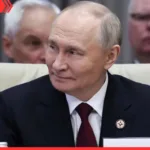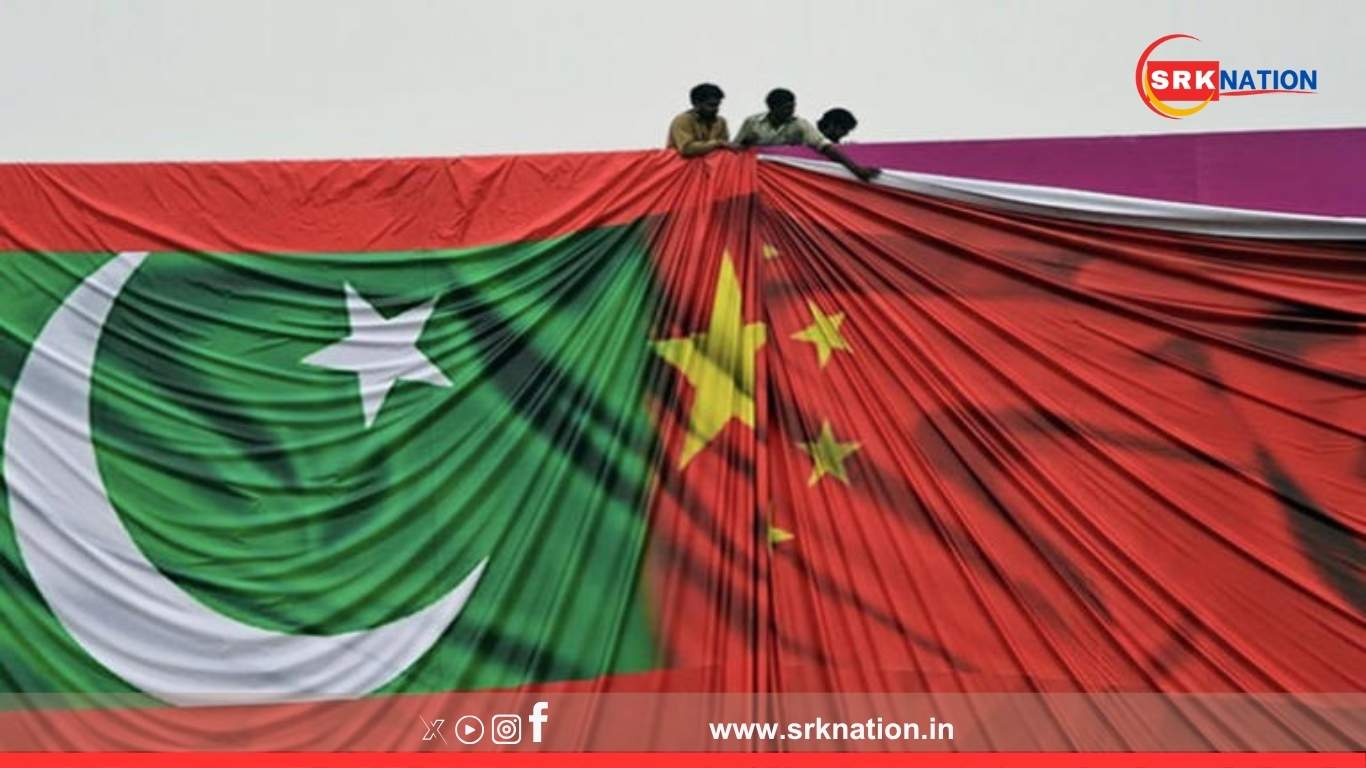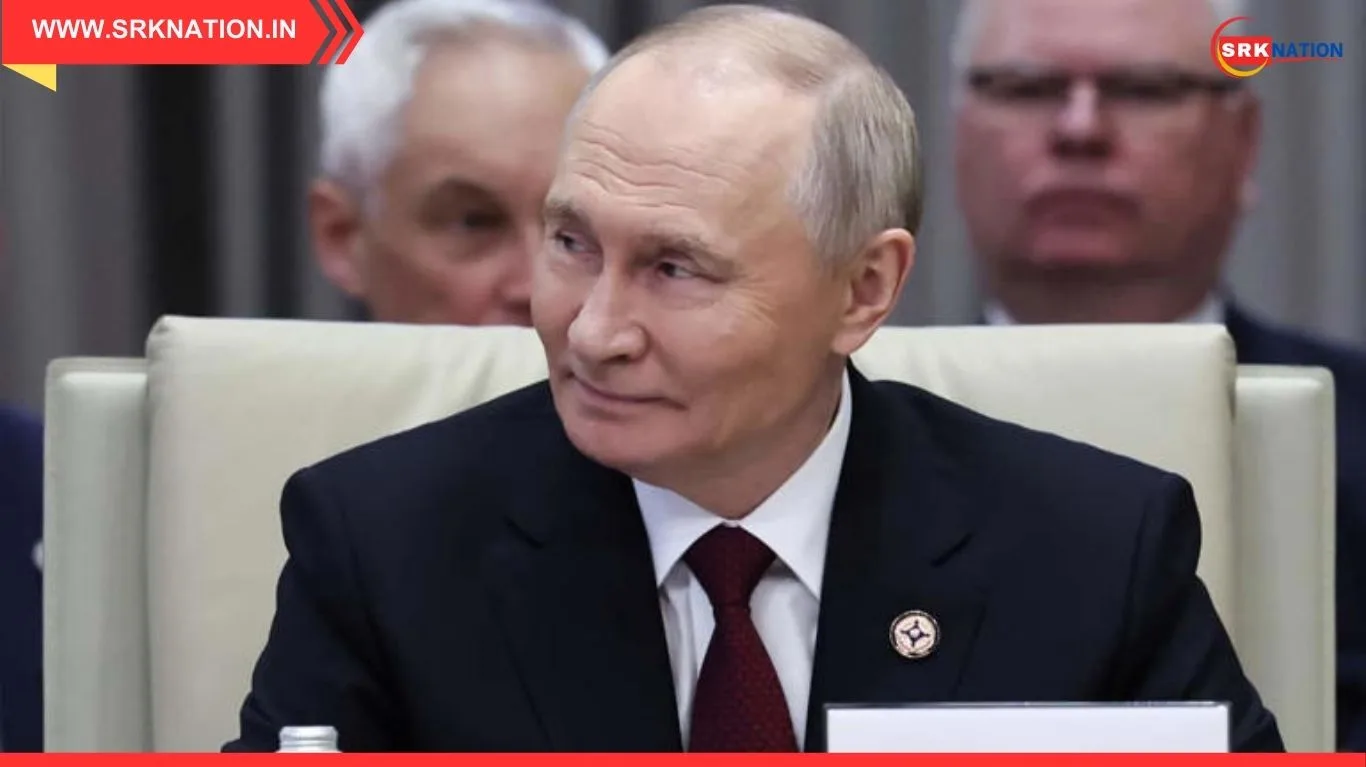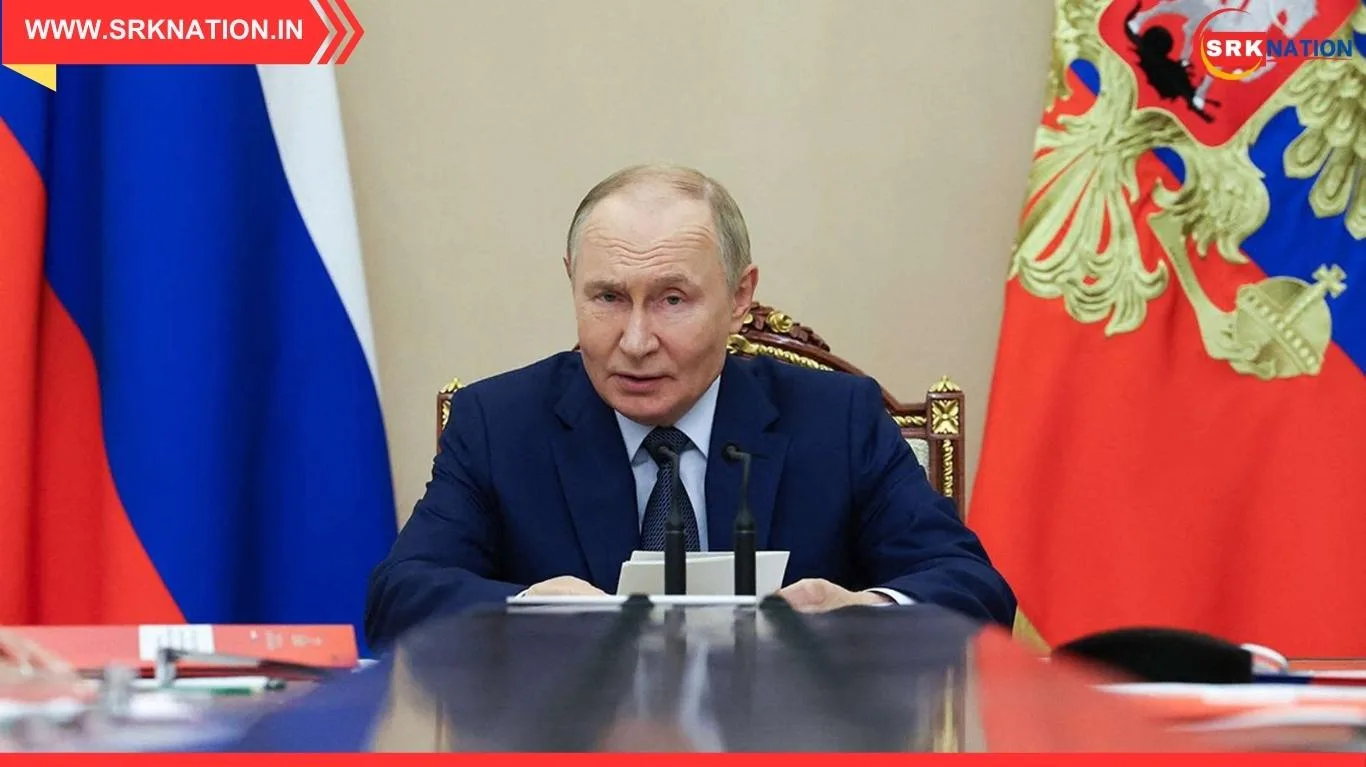In a significant financial development, China has rolled over $3.4 billion in commercial loans to Pakistan, providing a crucial boost to the country’s foreign exchange reserves. The move, confirmed by Pakistan’s finance ministry officials, comes at a critical juncture as Islamabad races to meet the International Monetary Fund’s (IMF) reserve target of $14 billion by the end of the fiscal year on June 30, 2025.
📌 Key Highlights
| Parameter | Details |
|---|---|
| Total Chinese Loan Rolled Over | $3.4 billion |
| Breakdown | $2.1B retained in SBP reserves; $1.3B refinanced |
| Additional Inflows | $1B from Middle East banks; $500M from multilateral lenders |
| New Reserve Total | $14 billion (aligned with IMF target) |
| IMF Bailout Program | $7 billion Extended Fund Facility (EFF) |
| Strategic Importance | Stabilizes reserves, supports economic reforms |
🧠 What the Loan Rollover Means for Pakistan
The $3.4 billion rollover includes $2.1 billion that has remained in Pakistan’s State Bank reserves for the past three years, and a $1.3 billion commercial loan that Islamabad had repaid two months ago but has now been refinanced by Beijing.
These funds are vital for Pakistan’s economic stability, especially as the country navigates a challenging fiscal environment under the IMF’s Extended Fund Facility (EFF). The IMF had stipulated that Pakistan must maintain foreign exchange reserves above $14 billion by the end of June 2025 to remain compliant with the bailout terms.
🔁 Breakdown of Recent Financial Inflows
| Source | Amount (USD) | Purpose/Impact |
|---|---|---|
| China (SBP Reserves) | $2.1 billion | Retained in central bank reserves |
| China (Commercial Loan) | $1.3 billion | Refinanced after repayment |
| Middle Eastern Banks | $1 billion | Commercial lending support |
| Multilateral Lenders | $500 million | Development and budgetary support |
| Total Inflows | $4.9 billion | Boosts reserves to meet IMF target |
🏦 IMF Bailout and Reserve Requirements
Pakistan is currently under a $7 billion IMF bailout program, which includes strict fiscal and monetary benchmarks. One of the key conditions is maintaining a minimum reserve threshold, which had been under pressure due to external debt repayments and import financing needs.
The Chinese rollover, along with other inflows, ensures that Pakistan meets the IMF’s reserve benchmark, thereby unlocking further disbursements and maintaining macroeconomic stability.
🌍 China’s Strategic Role in Pakistan’s Economy
China remains Pakistan’s largest bilateral creditor and a key strategic ally. The latest rollover underscores Beijing’s continued support for Islamabad amid global economic uncertainty. It also reflects the deepening financial interdependence between the two nations, particularly under the China-Pakistan Economic Corridor (CPEC) framework.
“This brings our reserves in line with the IMF target,” a senior finance ministry official told Reuters.
📉 Pakistan’s Reserve Position Before the Inflows
Prior to these inflows, Pakistan’s foreign exchange reserves had dipped to $9.06 billion, according to data from the State Bank of Pakistan (SBP). The sharp decline raised concerns about the country’s ability to meet external obligations, including debt servicing and essential imports.
🧩 Economic Outlook: Stabilization in Sight?
With the reserve position now stabilized, Pakistani authorities are optimistic about the macroeconomic outlook. The government has implemented a series of reforms under the IMF program, including:
- Rationalizing energy subsidies
- Broadening the tax base
- Tightening monetary policy
- Enhancing transparency in public spending
These measures, combined with external support, are expected to improve investor confidence and reduce inflationary pressures in the coming quarters.
📊 Pakistan’s External Debt Snapshot
| Creditor Type | Share of Total External Debt |
|---|---|
| Bilateral (China-led) | ~30% |
| Multilateral Institutions | ~35% |
| Commercial Banks | ~20% |
| International Bonds | ~15% |
China’s share in Pakistan’s external debt portfolio continues to grow, making it a critical player in Islamabad’s debt sustainability strategy.











